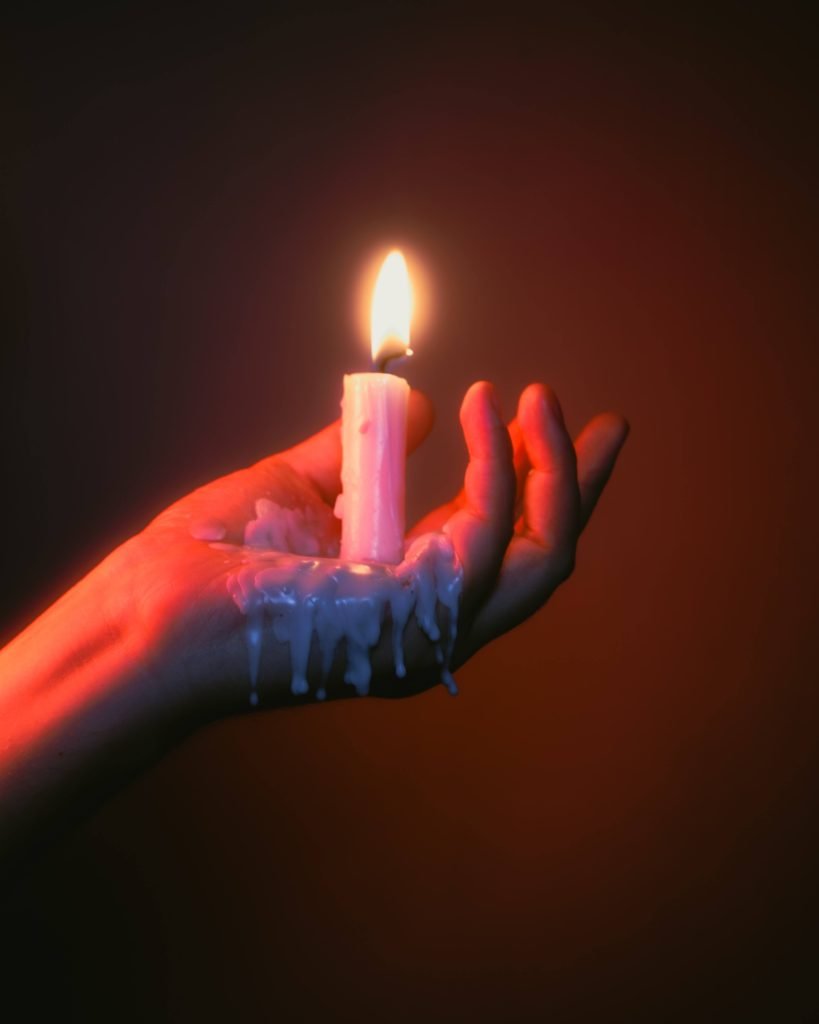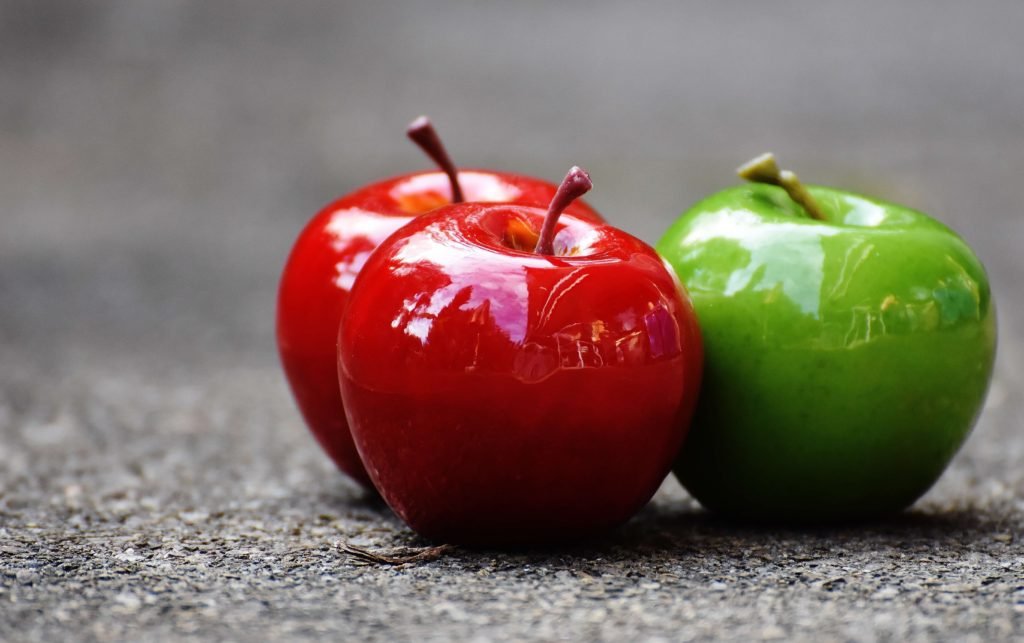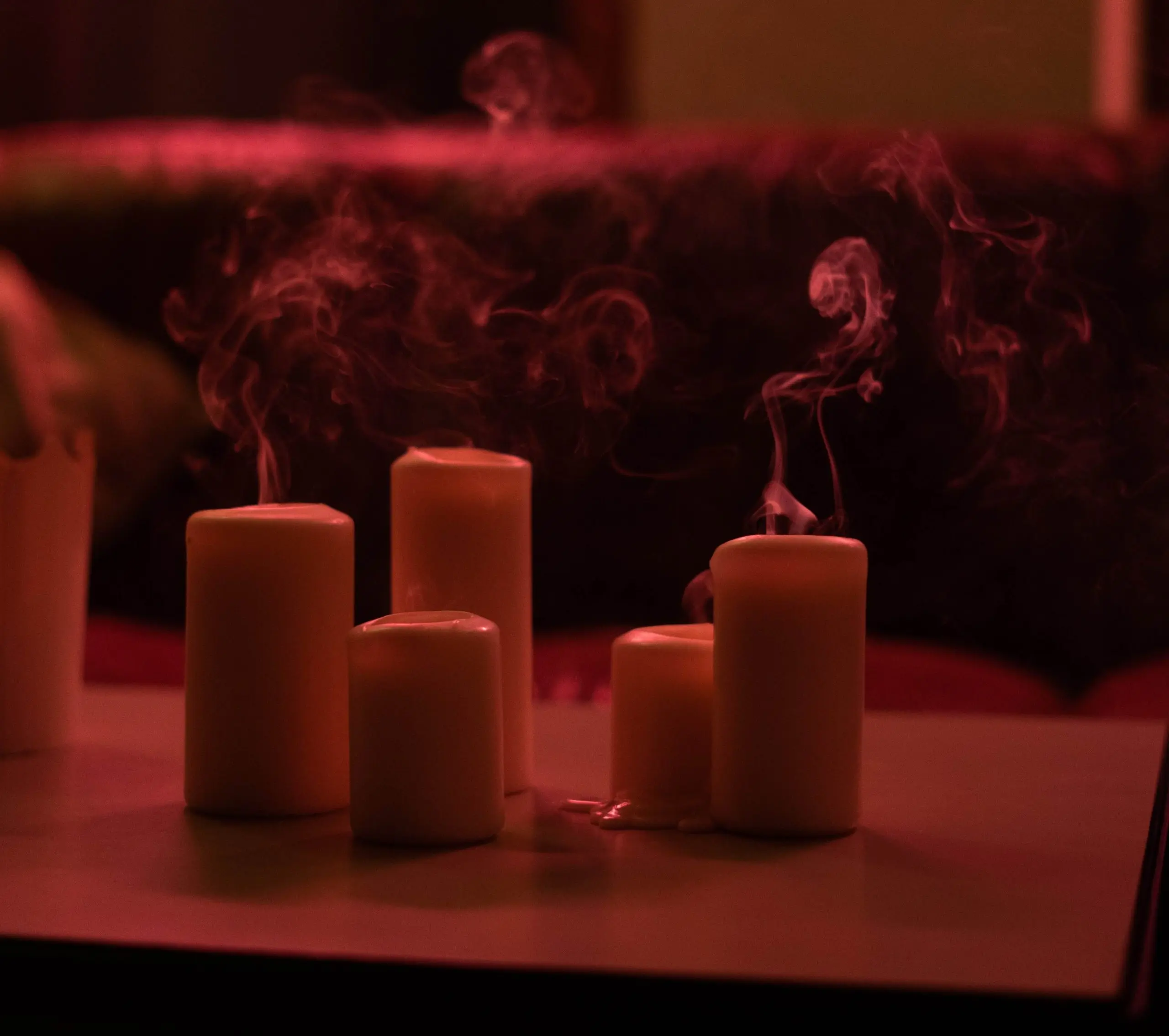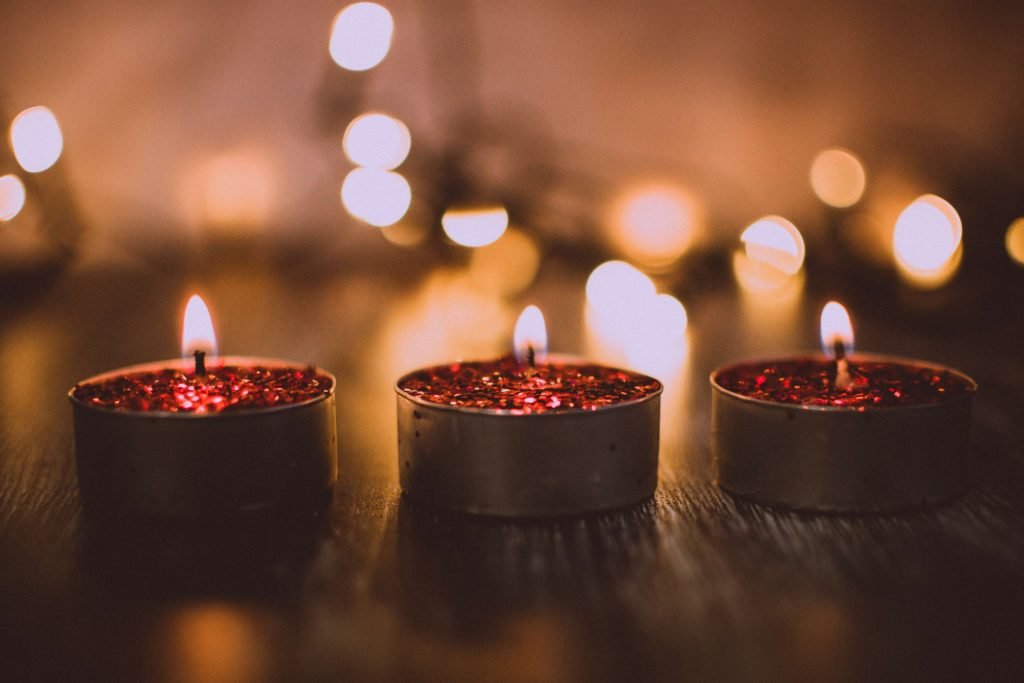
5 Common Questions about Candle Wax
Have you ever wondered about the wax used in candles? Well, in this guide, we’re going to answer five common questions about candle wax. Whether you’re a pro or new to candle making, understanding candle wax basics is important. We’ll make it easy for you to create beautiful, fragrant candles. So, let’s dive into the world of candle wax!
Table of Contents
1. Is Candle Wax good for your skin?

However, it’s very important to keep in mind that these benefits would likely be very minimal and it is not recommended to be used as a skincare product.
Consult with a dermatologist if you have any specific concerns about using wax on your skin.
2. Can candle wax burn you?
Yes, candle wax can burn you. If candle wax encounters your skin when it’s hot it will burn. This can happen if you accidentally touch the wax while it is still hot, or if you pour hot wax onto your skin. Burns from candle wax can range from mild to severe, depending on the temperature of the wax and the length of time it is in contact with the skin.

3. Is Candle Wax Edible?
There are a few types of candle wax, such as beeswax and soy wax, which are considered edible and are commonly used in food and other edible products. These types of wax are considered safe for consumption and have been used for decades in a variety of applications, including as a glaze for fruits and vegetables, as an ingredient in candy and chewing gum, and as a coating for pills and capsules.

Please keep in mind that not all types of candle wax are considered edible. For example, Paraffin wax is a by-product of petroleum and is not considered safe for consumption. Therefore, it is important to check the ingredients of the candle before consuming it. Because candles are made with a combination of paraffin and other waxes.
4. Is candle wax vegan?
Let’s take a closer look at vegan candle waxes. They are made without the use of any animal-derived ingredients. Some popular vegan wax options include:

- Soy wax: This is a popular vegan option as it is made from soybeans, a plant-based ingredient. It is also renewable and sustainable.
- Coconut wax: This is another vegan option, made from the oil of coconuts. It is known for its longer burn time and its ability to hold a strong scent.
- Rapeseed wax: This is a sustainable vegan wax made from the oil of rapeseed.
- Palm wax: This is a vegan wax made from the oil of the fruit of the oil palm tree. It is known for its unique crystal formation and long burn time.
- Rice wax: This is a vegan wax made from the oil of rice bran.
It’s important to note that some candles are made with a combination of waxes, so it is important to check the ingredients of the candle before purchasing it to ensure that it is vegan. Additionally, while the wax itself may be vegan, it’s important to ensure that the other ingredients, such as the fragrance or dye, are also vegan.
5. Where does candle wax go when it burns?
As a candle burns, the wax is heated and vaporized, turning it into a liquid that is drawn up the wick. The heat from the flame melts the wax at the top of the wick, vaporizing the liquid wax. The vaporized wax then combines with oxygen from the air and is drawn up the wick, where it is vaporized again by the heat of the flame. This process is called capillary action.
The vaporized wax is then broken down into molecules of hydrogen and carbon. When these vaporized molecules reach the flame, they react with the oxygen from the air to create heat, light, water vapor, and carbon dioxide.

The heat generated by the burning candle is used to vaporize more wax, and the light produced by the flame is the visible result of the combustion. The water vapor and carbon dioxide produced by the burning candle are both released into the air.



Your blog post on candle wax was really informative and helped clear up some questions I had. I’m now more inclined to choose soy and beeswax candles for their eco-friendly and clean-burning qualities.